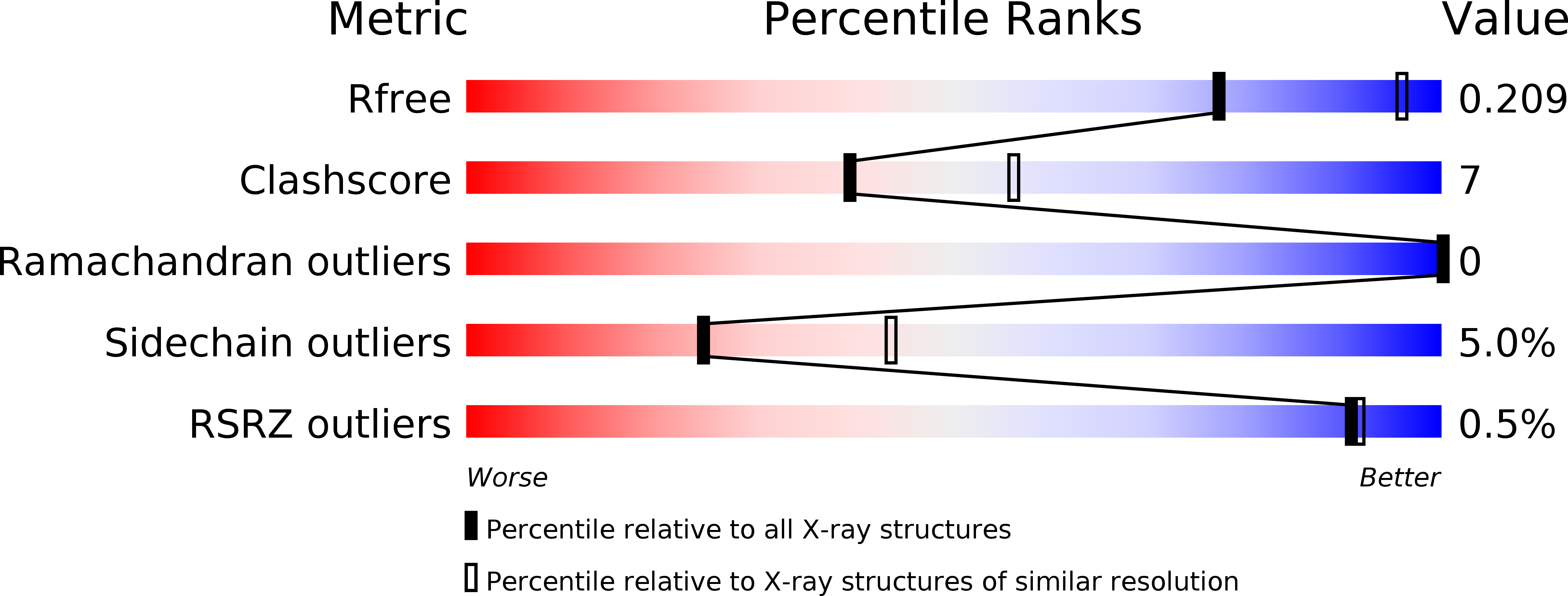
Deposition Date
2012-02-28
Release Date
2012-08-29
Last Version Date
2023-11-08
Entry Detail
Biological Source:
Source Organism:
Staphylococcus aureus (Taxon ID: 158878)
Host Organism:
Method Details:
Experimental Method:
Resolution:
2.49 Å
R-Value Free:
0.25
R-Value Work:
0.20
R-Value Observed:
0.21
Space Group:
P 21 21 21


